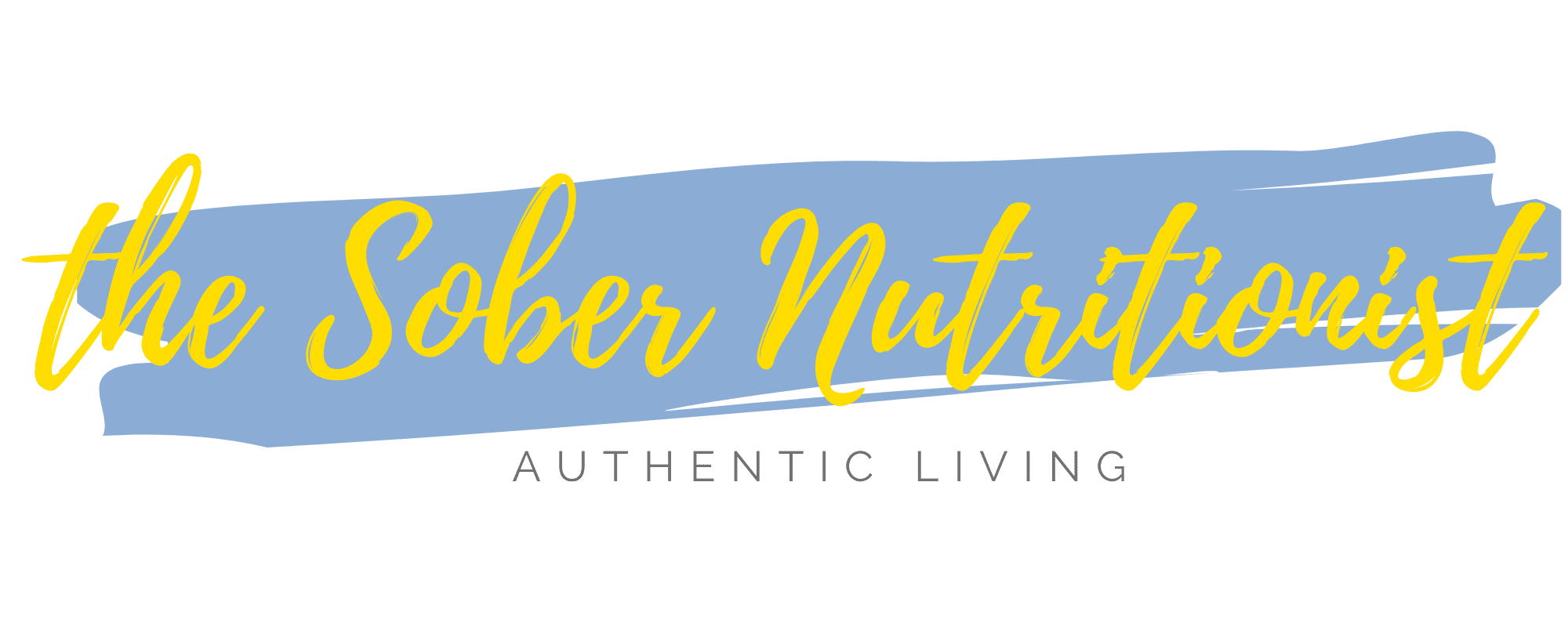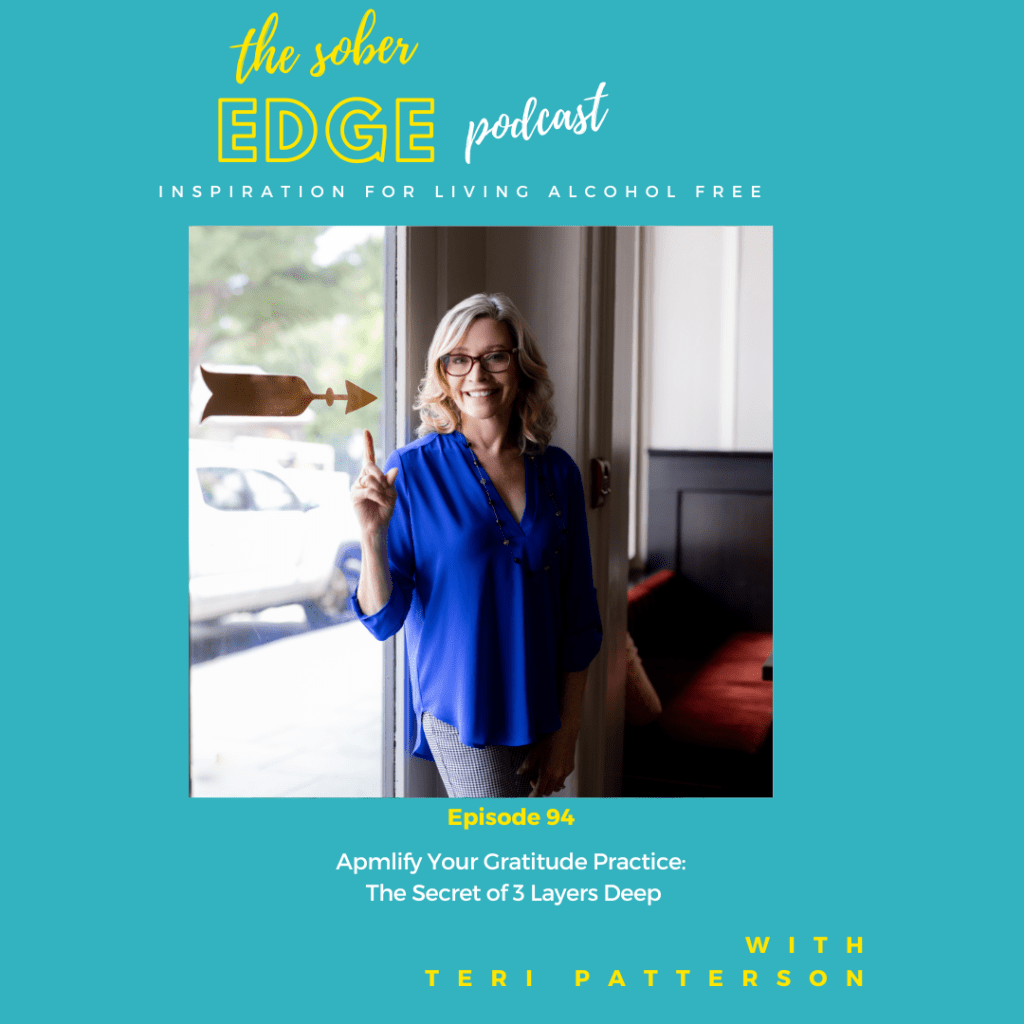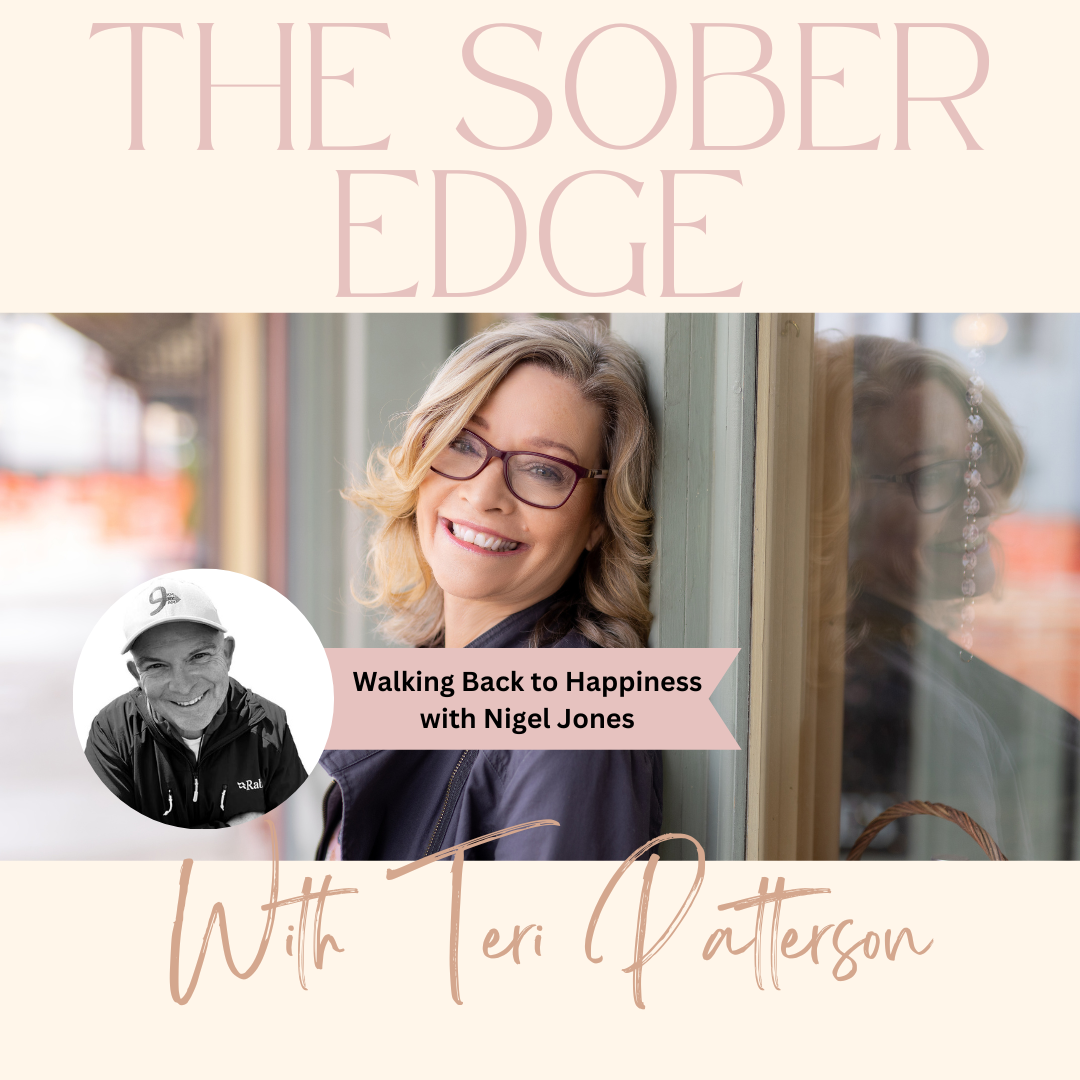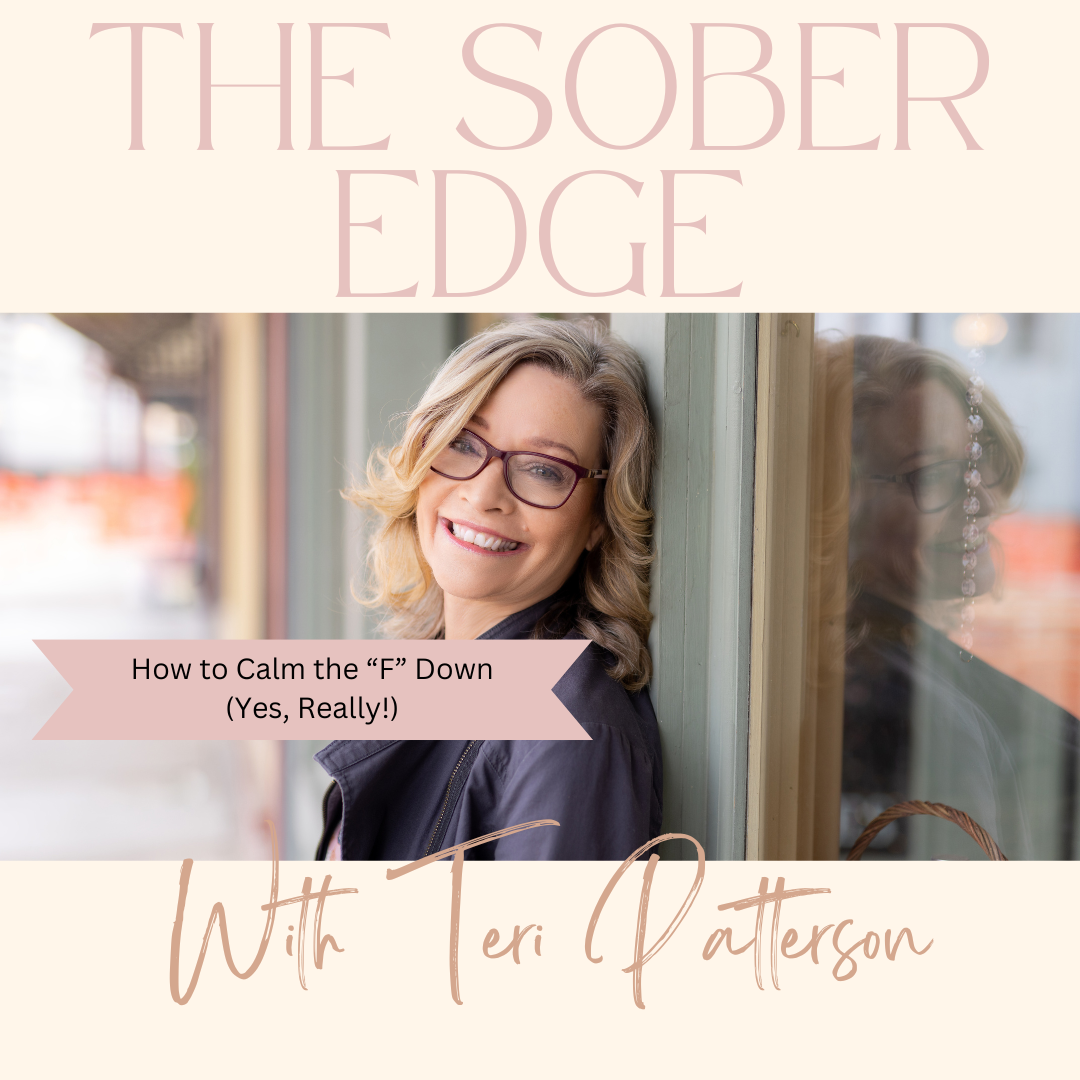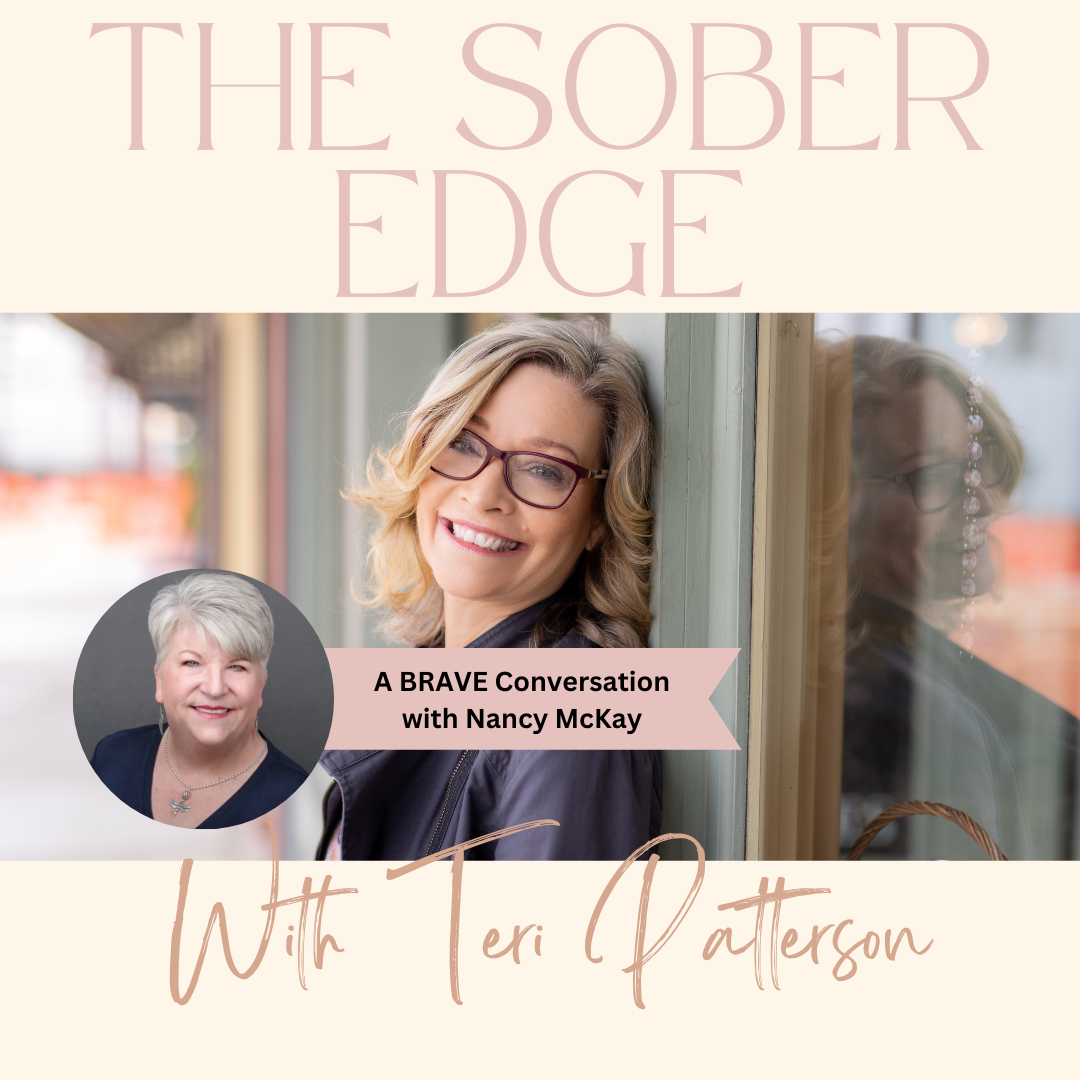According to the Merriam-Webster Dictionary, thankful and grateful are synonymous with the exception of two operative words. It defines thankful as “conscious of benefits received” while defining grateful as “appreciative of benefits received.” I think the difference between “conscious” and “appreciative” signifies that we experience thankfulness and gratitude for others in two different ways.
Being thankful is to be merely conscious or aware of the actions of another person. Therefore, the words “thank you” and “thanks” have come to hold less meaning for us. We mutter them from the corners of our mouths after someone holds the door open for us or hands us our morning coffee. Too often, saying “thank you” is merely polite behavior. Too often, “thanks” is just an automatic reply.
Being grateful is a different experience. Being grateful necessitates that we are first affected by one another. Gratitude then involves a period of reflection, perhaps through writing or thoughtful meditation, in which we allow ourselves enough time to understand our appreciation of this person. True gratitude expresses “thank you” not solely from our mouths but also from our hearts. Gratitude transforms a hardwired response into an intentional discipline.
Where your attention goes, energy flows. In this AF journey it is critical to understand just how powerful gratitude can be in creating a life we love. In the beginning, we might be focused on ALL the things we are giving up; a simple shift to what we are GAINING can be a powerful way to manifest more goodness. Today, I wanted to share a brief episode to introduce the idea of new ways to bring deeper meaning to our existing gratitude practice or ideas on how to get started with a gratitude practice.
3 Layers Deep
When our practice starts to feel rote, or like we ‘are just phoning it in’, this is a great way to AMPLIFY that grateful voice.
- Start with your simple statement “I am grateful for this cup of coffee”
- Then, we go deeper: why this cup, why coffee? What does it mean to have coffee? The statement becomes deeper, such as “I am grateful for this cup of coffee but it means I am up early, focusing on setting up day and feeling all the feelings. I am grateful that I now prioritize ME and take time to be in the present moment.”
- Then, go even deeper: what is special about getting up early? Why are you grateful to prioritize you? The final statement might morph into: “I am grateful for mornings when I use to dread mornings. I am so grateful that now I wake up sober and proud. I honor this time with myself because I am still getting to know the ‘new me’. Coffee is where I meet myself and share how proud I am of the life I am creating”.
I believe that we can always go deeper when we are focusing on the ‘why’ and the ‘what’ behind our statement. Don’t let your practice get dull or routine; try going 3 layers deep!
The last idea I mention comes from a client who shared the work of Sonia Chaquette, and this is the ‘100 Things I Love List’. Listen in to see how to use this list to also supercharge your gratitude practice!
